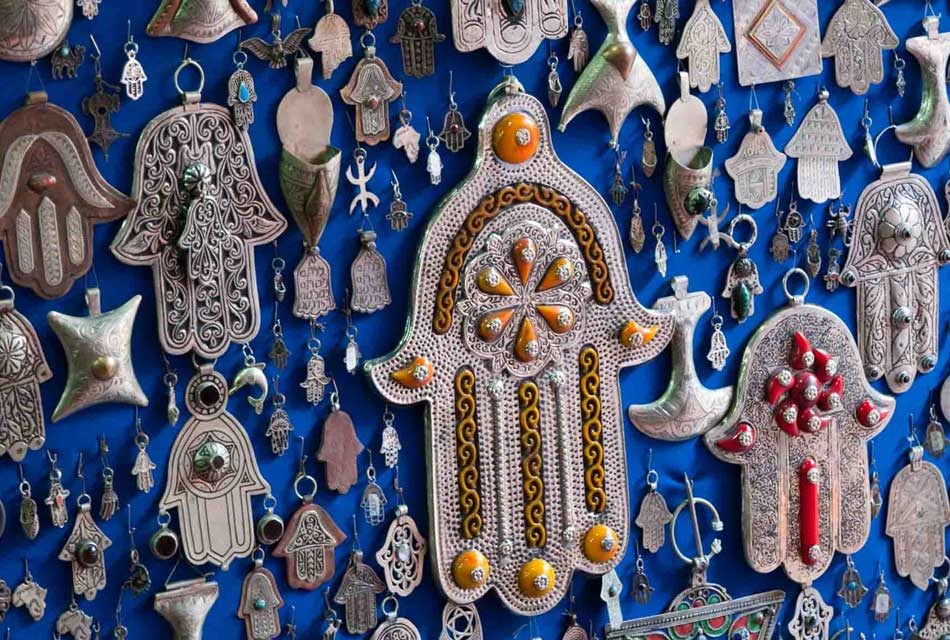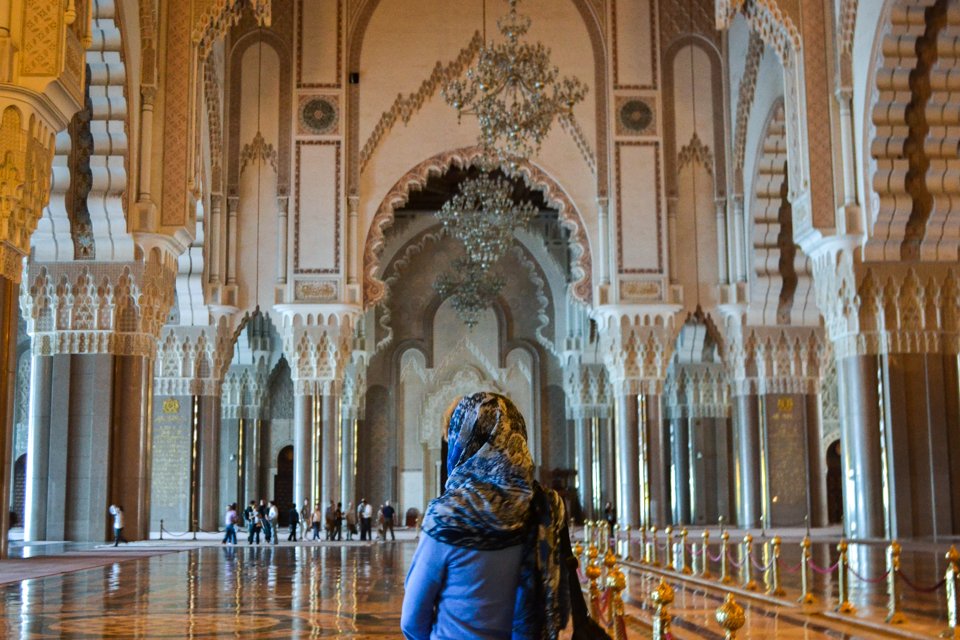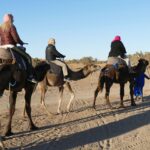Morocco is a country rich in cultural diversity, The culture of the Moroccan people is shaped primarily by its indigenous Imazighen (Berber) heritage and Arab influences. The interplay between these two cultures has created a unique societal fabric, characterized by distinct traditions, languages, and customs. The Imazighen, with their ancient roots, have contributed significantly to Morocco’s identity, preserving their language and practices through generations.
Arab culture, which arrived in the region with the spread of Islam, has also left an indelible mark on Moroccan life. This blending of Imazighen and Arab cultures manifests in various aspects, including music, art, cuisine, and social norms. Together, they create a harmonious society that reflects Morocco’s complex history and cultural richness.
The cultural mix of the Moroccan people
Morocco is a tapestry of cultures, shaped by a rich history of influences from various civilizations. The Moroccan people are a blend of Berber, Arab, and Sub-Saharan African heritage, which creates a unique cultural identity. This mix is evident in the country’s languages, with Arabic and Amazigh being widely spoken, alongside French and Spanish in many regions.
Culinary traditions reflect this diversity, featuring spices and flavors that draw from both Mediterranean and African influences. Festivals such as the Fantasia and the Mawazine music festival showcase a fusion of traditional and contemporary art forms, celebrating Morocco’s diverse musical heritage. Additionally, the architectural styles in cities like Marrakech and Fes reveal a blend of Islamic, Andalusian, and indigenous influences, creating stunning landmarks that attract visitors worldwide.
Overall, the cultural mix of the Moroccan people is a testament to their history of coexistence and exchange, making Morocco a truly unique destination.

Moroccan people are generous and friendly
Moroccan people are renowned for their warmth and hospitality. When you visit, you are often greeted with open arms and a genuine smile. This welcoming nature is deeply rooted in their culture, where sharing food and stories is a cherished tradition. Visitors often experience the famous Moroccan tea ceremony, symbolizing friendship and respect.
Whether in bustling markets or quiet villages, locals go out of their way to ensure that guests feel comfortable and appreciated, creating a sense of connection that lingers long after the visit. Their friendliness not only makes travelers feel at home but also fosters lasting friendships across cultures.

Religion and practices of the Moroccan people
Islam is the predominant religion in Morocco, with the majority of the population adhering to Sunni Islam, specifically the Maliki school of thought. This religious foundation deeply influences Moroccan culture, customs, and daily life.
Practices such as daily prayers, fasting during Ramadan, and celebrating Islamic holidays like Eid al-Fitr and Eid al-Adha are integral to the community. Mosques, adorned with intricate tile work and calligraphy, serve as both places of worship and social gathering.
Additionally, Sufism plays a significant role in Moroccan spirituality, with numerous brotherhoods and rituals that emphasize mysticism and a personal connection to the divine. Traditional practices, such as music and dance, often accompany religious celebrations, reflecting a blend of spirituality and cultural expression.
Overall, religion in Morocco is not just a matter of belief but a vital part of the national identity, shaping social norms, community interactions, and the rich cultural landscape.

Are Moroccans Arab or Amazigh?
Moroccans are both Arab and Amazigh (Berber), as the country’s population is a mix of these two primary ethnic groups. The Amazigh people are the indigenous inhabitants of North Africa, with a rich history and culture that predates the arrival of Arabs in the 7th century.
Many Moroccans identify as Arab, particularly due to the influence of Arab culture and the Arabic language, which became prominent following the Islamic conquests. However, a significant portion of the population also identifies as Amazigh, maintaining their languages, traditions, and customs.
Who are the Imazighen people?
The Imazighen people, also known as Berbers, are the indigenous ethnic group of North Africa, with a history that dates back thousands of years. They inhabit various regions, including Morocco, Algeria, Tunisia, Libya, and parts of Mali and Niger. The Imazighen have their own distinct languages, known collectively as Tamazight, which belong to the Berber branch of the Afro-Asiatic language family.
Culturally, the Imazighen have rich traditions in art, music, and craftsmanship, often expressed through intricate textiles, pottery, and jewelry. Their social structure is typically organized into tribes, each with its own customs and practices.
Despite historical challenges and influences from Arab expansion, the Imazighen have preserved many aspects of their identity and continue to play an essential role in the cultural fabric of North African societies. In recent years, there has been a revival of interest in Amazigh culture, language, and rights, contributing to a broader recognition of their heritage.

What is the culture of the Amazigh?
The Amazigh culture, or Berber culture, is rich and diverse, encompassing language, art, music, and social practices.
- Language: The Imazighen speak various dialects of Tamazight, which are part of the Afro-Asiatic family.
- Art and Craftsmanship: They are known for intricate textiles, pottery, and jewelry, with traditional carpets and silver adornments featuring symbolic designs.
- Music and Dance: Music is integral to their culture, using instruments like the guembri and bendir, with traditional songs and dances performed during festivals.
- Social Structure: The Amazigh are organized into tribes, with a strong oral tradition that preserves stories and customs. Their community celebrations emphasize solidarity and cultural identity.
Overall, Amazigh culture reflects resilience and a deep connection to their heritage, making it an essential part of North Africa’s identity.
Conclusion
Morocco stands as a remarkable example of cultural diversity, where the legacies of the Imazighen and Arab peoples intertwine to create a vibrant societal landscape. This unique blend enriches Moroccan life, reflected in its languages, traditions, and communal practices. The Imazighen’s deep-rooted heritage complements the influences of Arab culture, resulting in a dynamic fusion that defines Morocco’s identity.
Furthermore, the warmth and hospitality of the Moroccan people boost this cultural richness, inviting visitors to experience their traditions firsthand. Religion, particularly Islam, plays a crucial role in shaping social norms and daily practices, while the growing recognition of Amazigh identity and rights highlights the ongoing evolution of Moroccan society. Together, these elements foster a sense of belonging and community that is integral to Morocco’s character, making it a destination for those seeking to understand its multifaceted culture.



